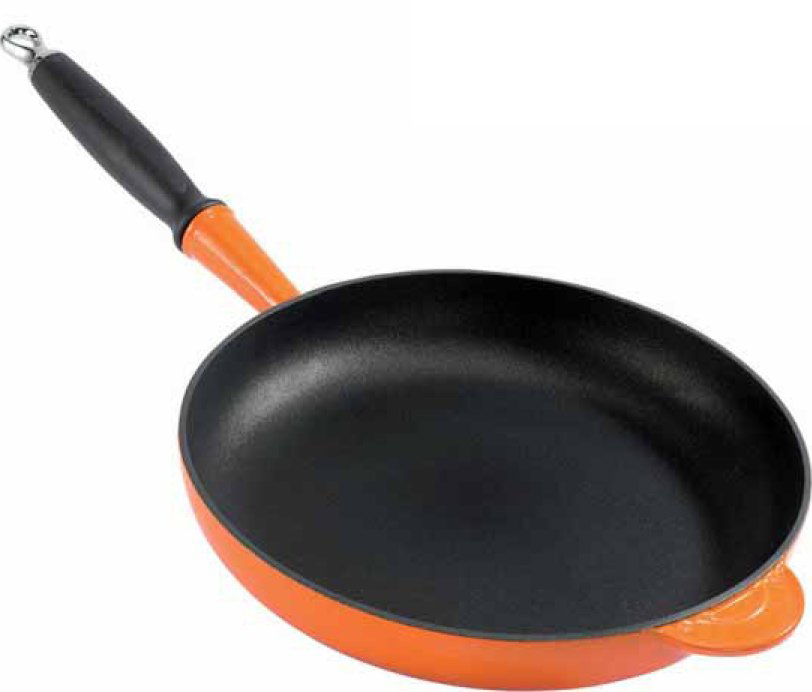PF (Phenol-formaldehyde, aka Phenolic)
Phenol-formaldehyde conjures up feelings of ‘olden times’, its brown semi-gloss reminds me of junk sales where tatty second-hand products wait for a time when fashion makes them desirable once again. Not something that is likely to happen with this plastic of a bygone age.
Developed by LH Baekeland in 1907, phenol-formaldehyde was a pioneering thermoset plastic that heralded the plastic age that was to define the twentieth century. Today, formaldehyde plastics have limited applications due to the greater range of processes that can be used on thermoplastic materials.
At first, the visual language of phenol-formaldehyde borrowed from other materials, attempting to replicate wood or ceramic products in its murky brown surface. It was not until the midtwentieth century that newer plastics were developed, which were more readily manufactured in bright colours as opposed to the dark palette of Bakelite.
Like many early plastics, Bakelite benefited your social status. In terms of applications it can be compared with urea, melamine formaldehyde and urea formaldehyde, but with less of the availability of colour that melamine offers.
Image: Le Creuset pan handle

Key features
•Excellent chemical resistance
•Excellent electrical insulation
•Limited in colour availability
•Excellent heat resistance
•Excellent hardness
•High impact resistance
•Excellent dimensional stability
•Brittle if moulded in thin walls
•Not recyclable
Sources
Available from multiple global suppliers.
Cost
£1.30 ($2) per kg.
Sustainability issues
As with all thermosets, phenol-formaldehyde cannot be re-melted and re-moulded.
Production
As a thermoset plastic it has limited processing potential. However, it can be compression moulded and is available as cast resins, which could be machined or carved into shapes. Unlike most thermoplastics it can be moulded with variable wall thickness.
Typical applications
Today, the use of phenol-formaldehyde for consumer goods is limited to a few applications. These include oasis foam for flower arranging, binding for laminated wood panels, ashtrays, perfume bottle caps, bowling bowls, saucepan handles, door handles, domestic plugs and switches and steam iron skirts.
| + | – |
|
–Low cost –Sturdy and resistant –Excellent dimensional stability –Widely available –Non toxic |
–Limited colour Sources –Can be brittle –Not recyclable |
